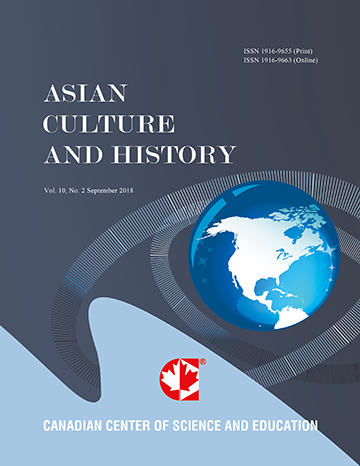A Traditional Community in the Chao Phraya River Basin: Classification and Characteristics of a Waterfront Community Complex
- Patiphol Yodsurang
- Miki Hiromi
- Uekita Yasufumi
Abstract
Traditional waterfront communities are extremely significant in understanding the role and influence of the daily lives of an indigenous amphibious culture and are considered to be a counterpart of the contemporary community that would have existed in the past. This study gives a systematic overview of the traditional waterfront community complex in the Chao Phraya River Basin to identify the phenomenology and salient features characterizing the waterfront community through the analysis of the following: 1) features of geography and waterbodies; 2) cultural landscapes and agricultural activities; 3) urban components; and 4) architectural features. A total of 138 traditional waterfront communities were selected using the purposive sampling method.
Quantitative data collection was conducted using field investigation to collect and evaluate the validity of properties in actual conditions. The data were analyzed using a statistical analysis program to examine the similarity and correlation of the data set. To identify characteristics, hierarchical clustering and decision-tree analysis were used to group similar communities together and classify the complexity of a traditional waterfront community. Principal component analysis was then used to detect the true association between the relevant variables. In addition, qualitative assessment of secondary document collection, legislation, previous and present public policies, research, and criticisms were used to support the argument for statistical analysis.
The results provided seven clusters based on common preferences consisting of a market town, paddy village, raft community, waterfront market, comprehensive estuarine agricultural village, orchard village, and fishing village. These clusters show diversity in the cultural landscape, with agricultural activities exerting influence on the community complex, creating both direct and indirect association, with several significant variables.
- Full Text:
 PDF
PDF
- DOI:10.5539/ach.v8n1p57
Journal Metrics
Google-based Impact Factor (2017): 5.42
h-index (January 2018): 11
i10-index (January 2018): 21
h5-index (January 2018): 6
h5-median (January 2018): 9
Index
- Academic Journals Database
- CNKI Scholar
- COPAC
- EconPapers
- Elektronische Zeitschriftenbibliothek (EZB)
- Excellence in Research for Australia (ERA)
- Genamics JournalSeek
- Google Scholar
- Infotrieve
- LOCKSS
- MIAR
- NewJour
- Open J-Gate
- PKP Open Archives Harvester
- Publons
- RePEc
- Scilit
- SHERPA/RoMEO
- Standard Periodical Directory
- Technische Informationsbibliothek (TIB)
- The Keepers Registry
- Universe Digital Library
- WorldCat
Contact
- Ivan YongEditorial Assistant
- ach@ccsenet.org
